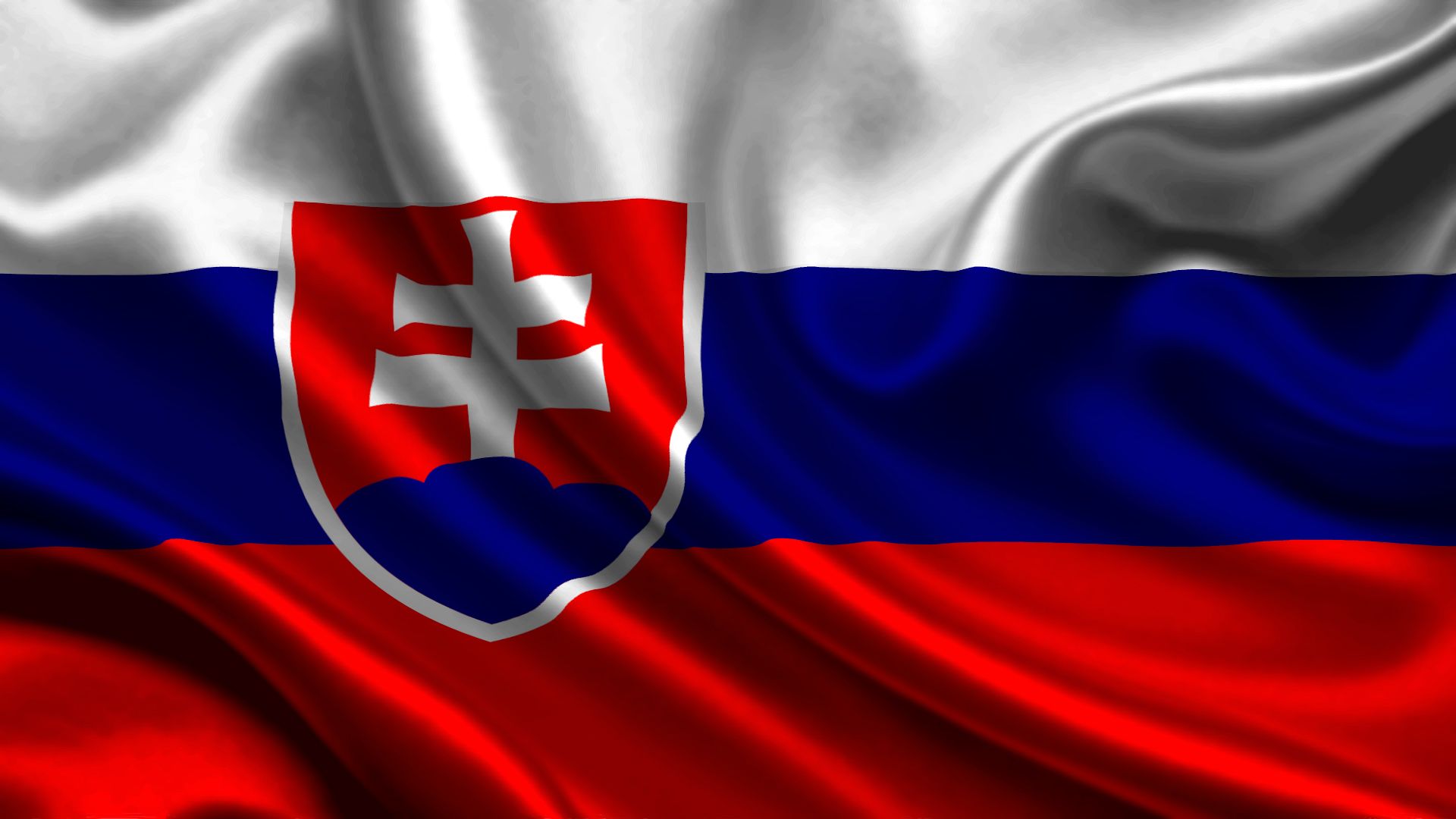
The territory of Slovakia has been settled from the oldest times. Several cultures inhabited its territory until they were dominated by the expanding Celts in the 4th century BC followed by the German-Roman rivalry at the turn of the Eras.
In time of Migration of Nations the first Slavs arrived here. The Samo`s Domain existing in the mid-7th century with the territory of Slovakia as its central part was followed by establishment of the Nitra Principality at the beginning of the 9th century and finally the Great Moravian Empire was established in 833 AD – the first common state of the Slovak and Czechs ancestors.
After the fall of Great Moravia the Old Hungarian tribes invaded the territory of Slovakia, and the territory of Slovakia with its inhabitants became part of the Kingdom of Hungary for the long thousand years.
The Hungarian state was consolidated after centuries of internal struggle between the nobility and the ruler and economic growth occurred also in the territory of today`s Slovakia, which was also the result of the thriving mining towns or the trade centres. In what is now the city of Bratislava, the first university of Slovakia, Academia Istropolitana was established in 1467. The royal house, which ruled the country after the invasion the Turks undertook in Europe, was that of Habsburgs which withheld the throne until 1918.
From the perspective of the Slovak nation, the crucial period in their history was the 19th century when the Slovaks formulated their own political programme for the first time. The promising development of the national movement though, was mutilated by the Austrian-Hungarian Compromise signed in 1867 and the following period of Magyarisation which lasted full 50 years. Only the First World War activated the anti-Austrian-Hungarian resistance, which culminated in 1918 by the declaration on the joining of the Slovak nation with the Czech nation into a whole – the Czecho-Slovak Republic.
The independent Slovak State was established in Slovakia in 1939 as an outcome of international events, however, the end of the Second World War brought about restoration of Czecho-Slovakia. The communist party gradually seized power in the country and the communist dictatorship was overthrown only through the Velvet Revolution in 1989. The democratic process exposed several problems, which resulted in the break-up of the common state of the Czechs and Slovaks and the establishment of the independent Slovak Republic (1 January 1993).
Slovakia is a member of the European Union from May 2004. In December 2007, it became part of the Schengen Area and from 1/1/2009, upon the adoption of the single European currency Euro, Slovakia also became one of the countries of the European Monetary Union.
